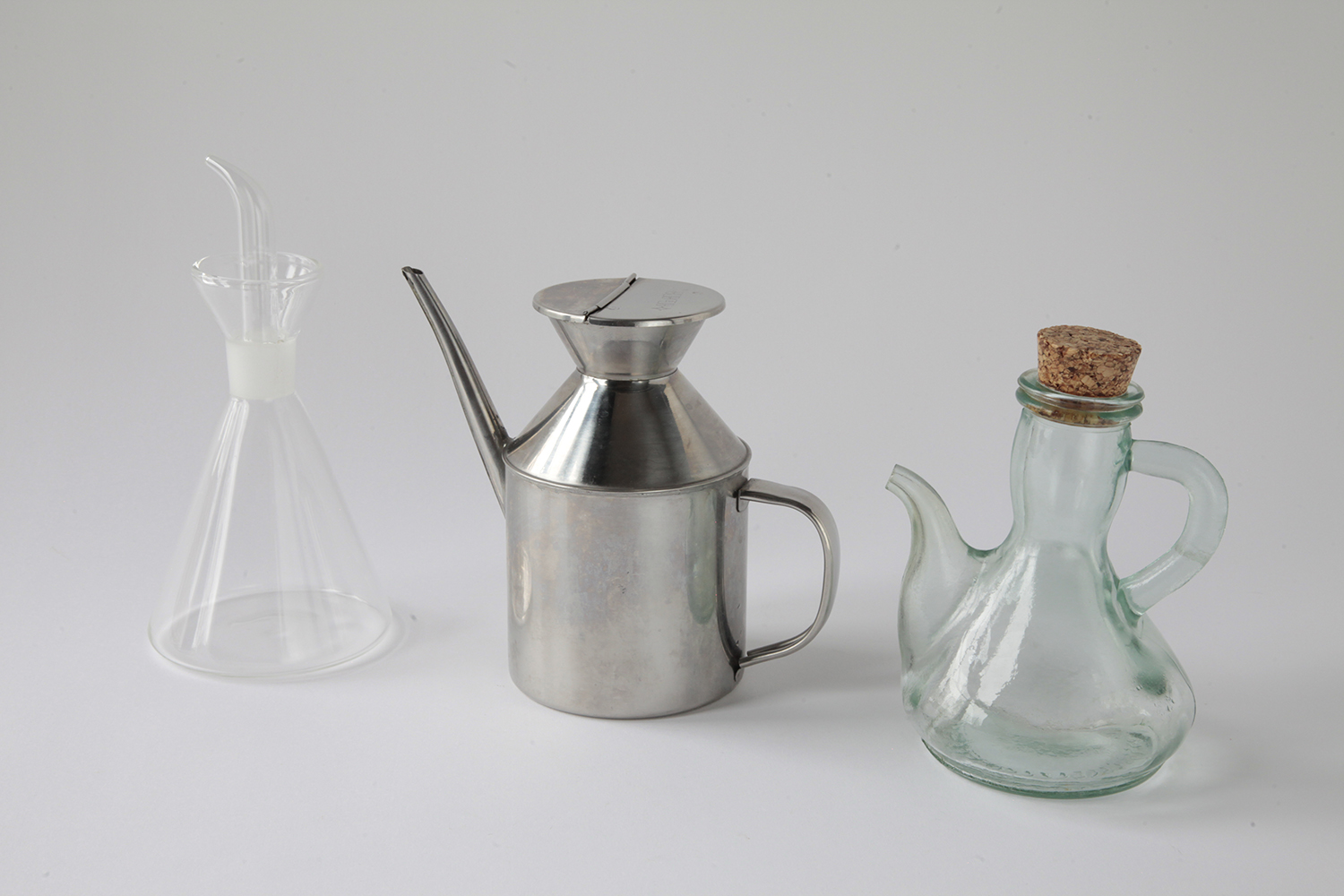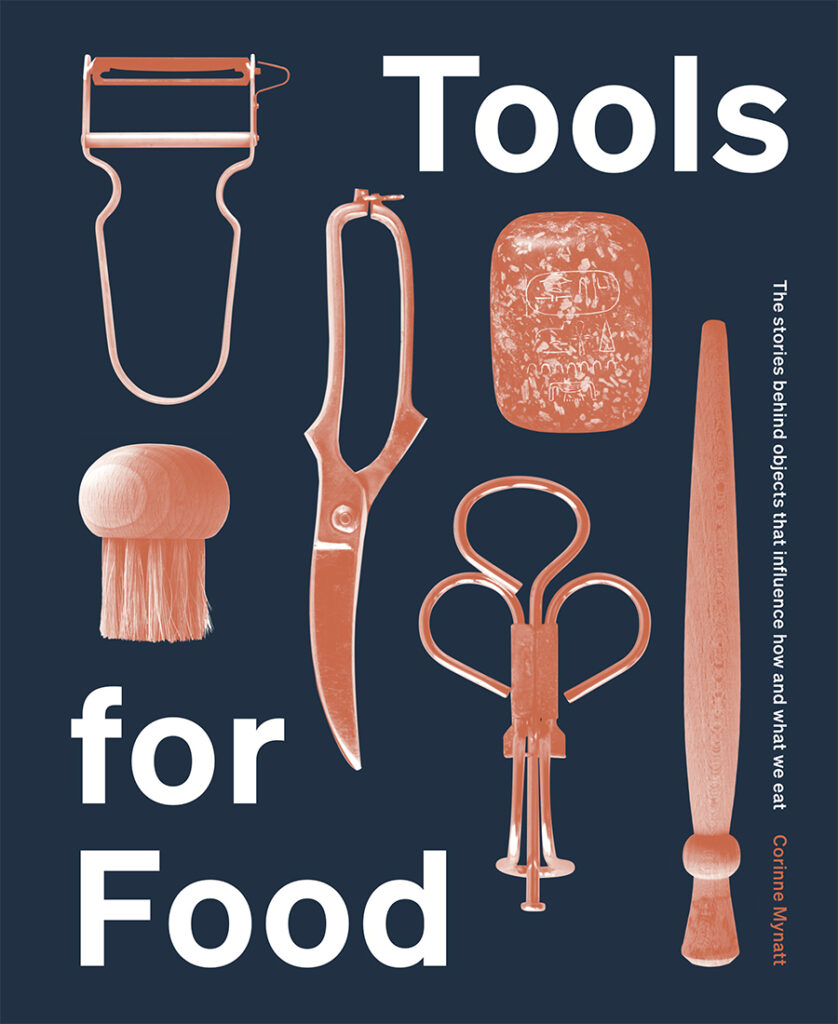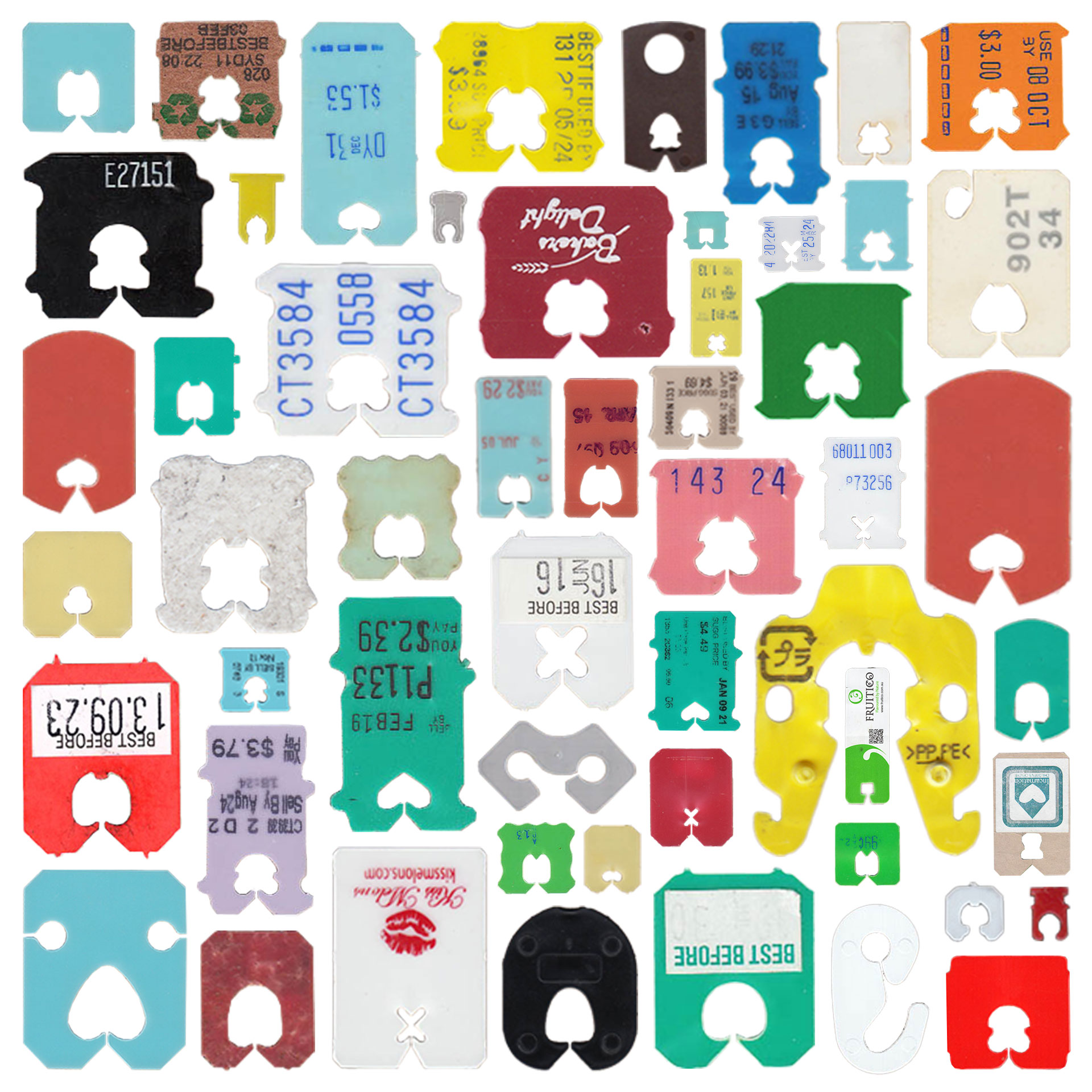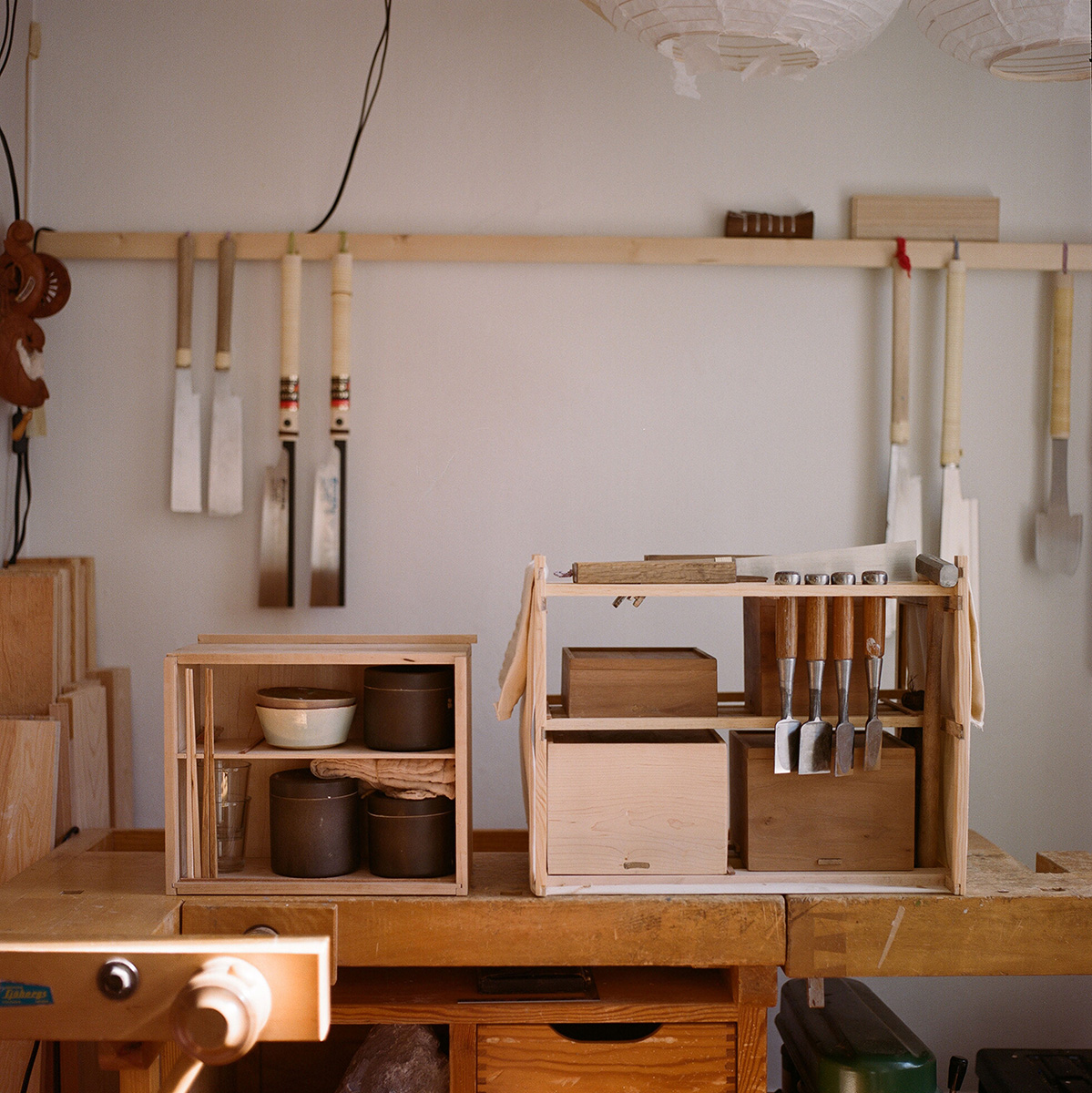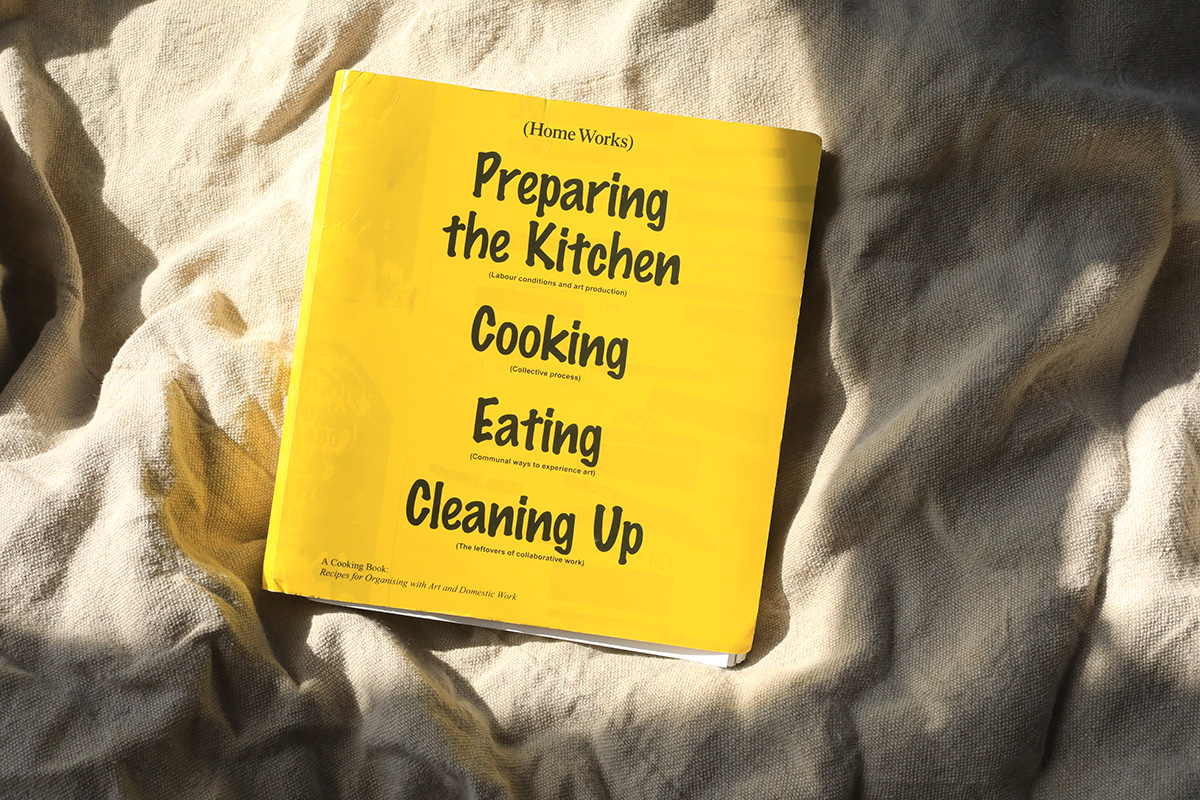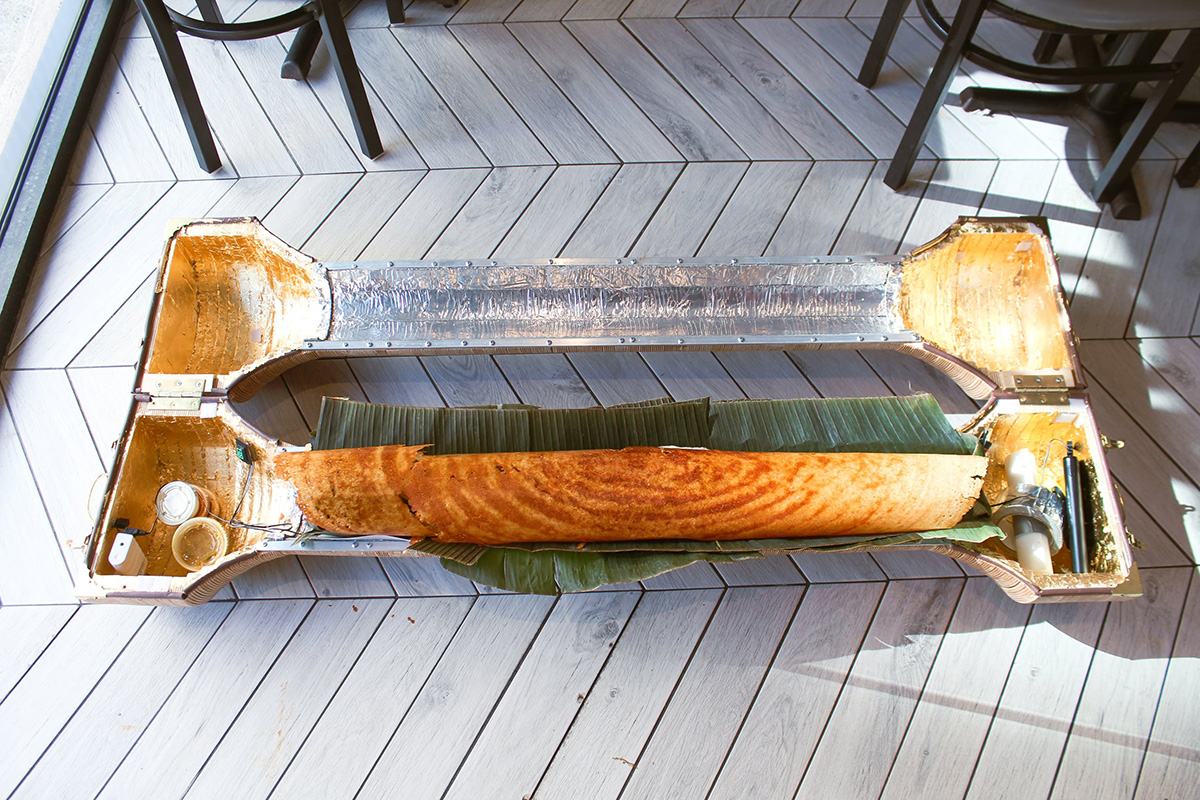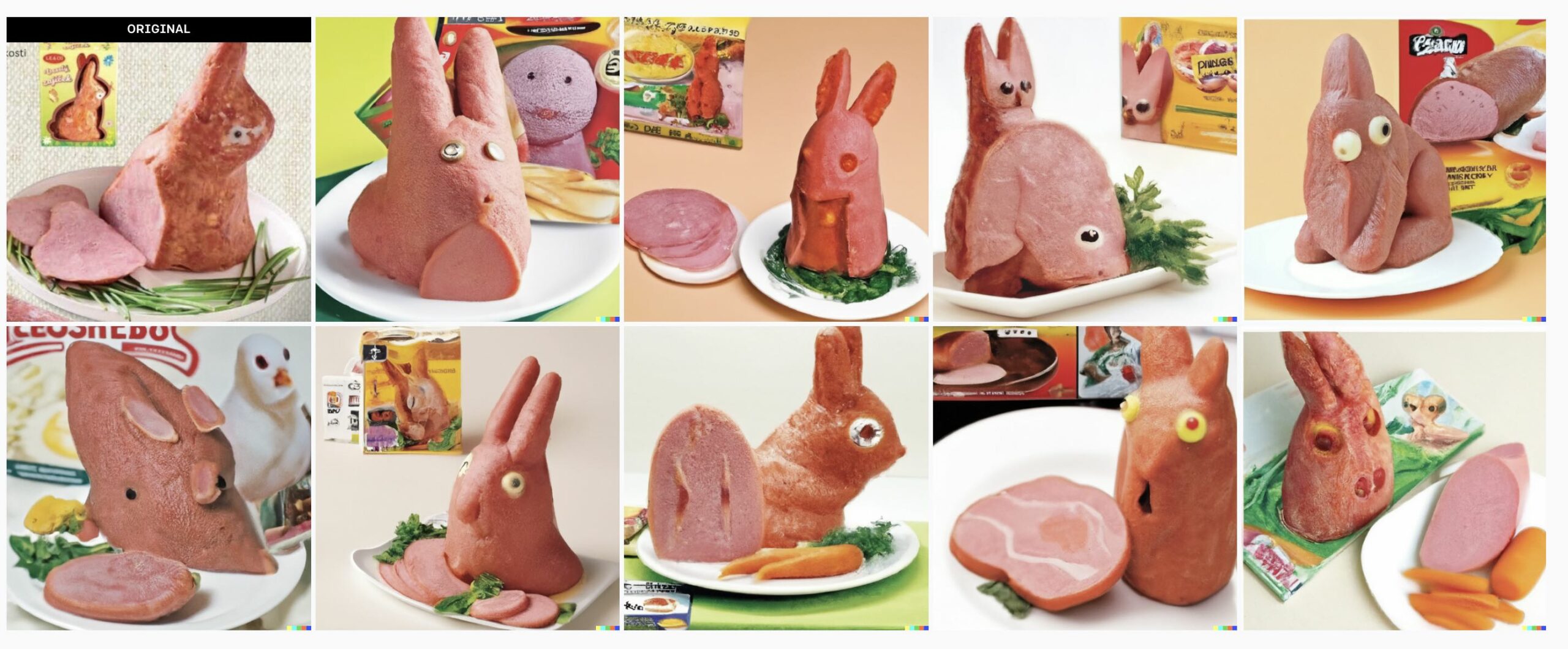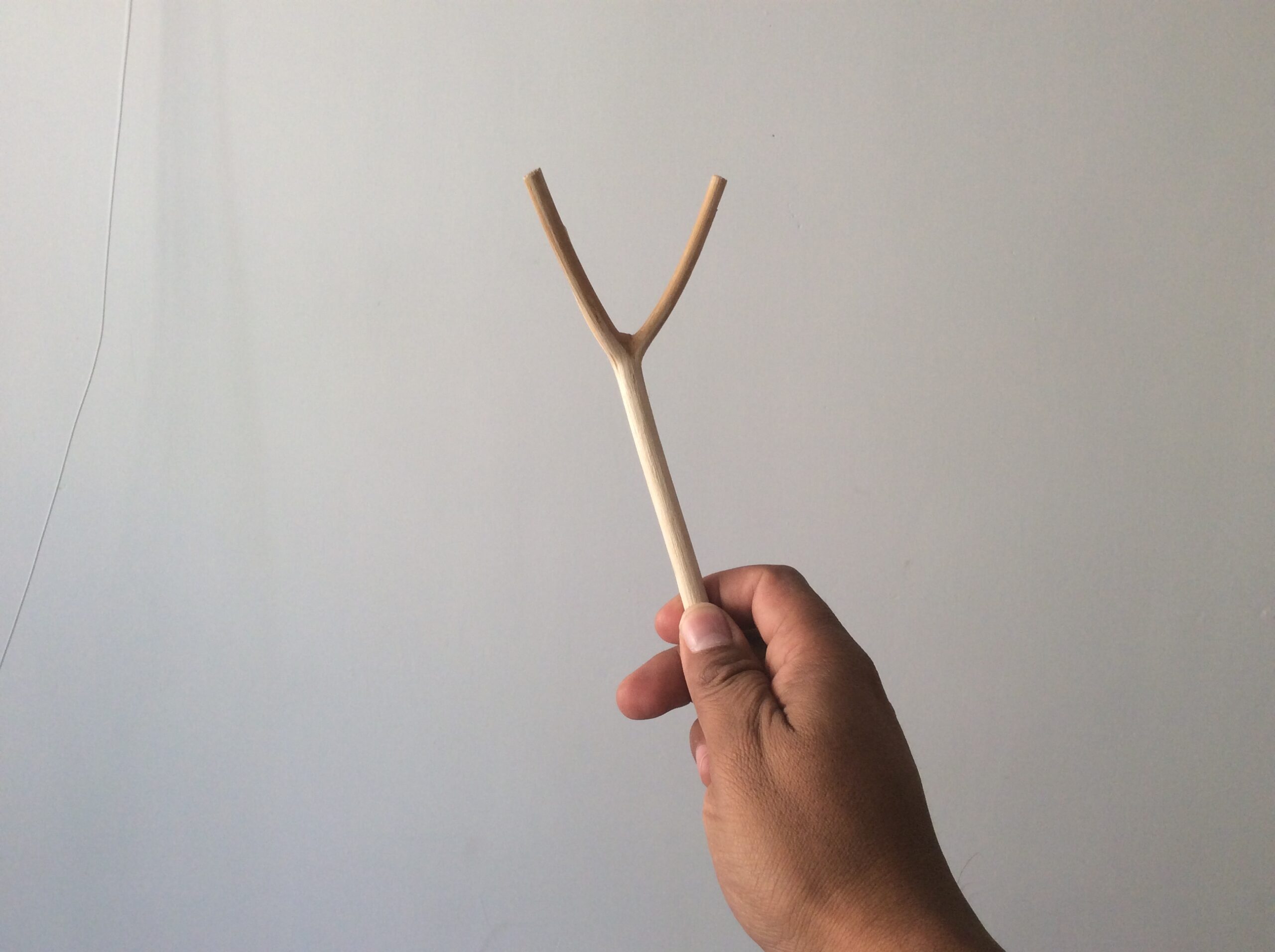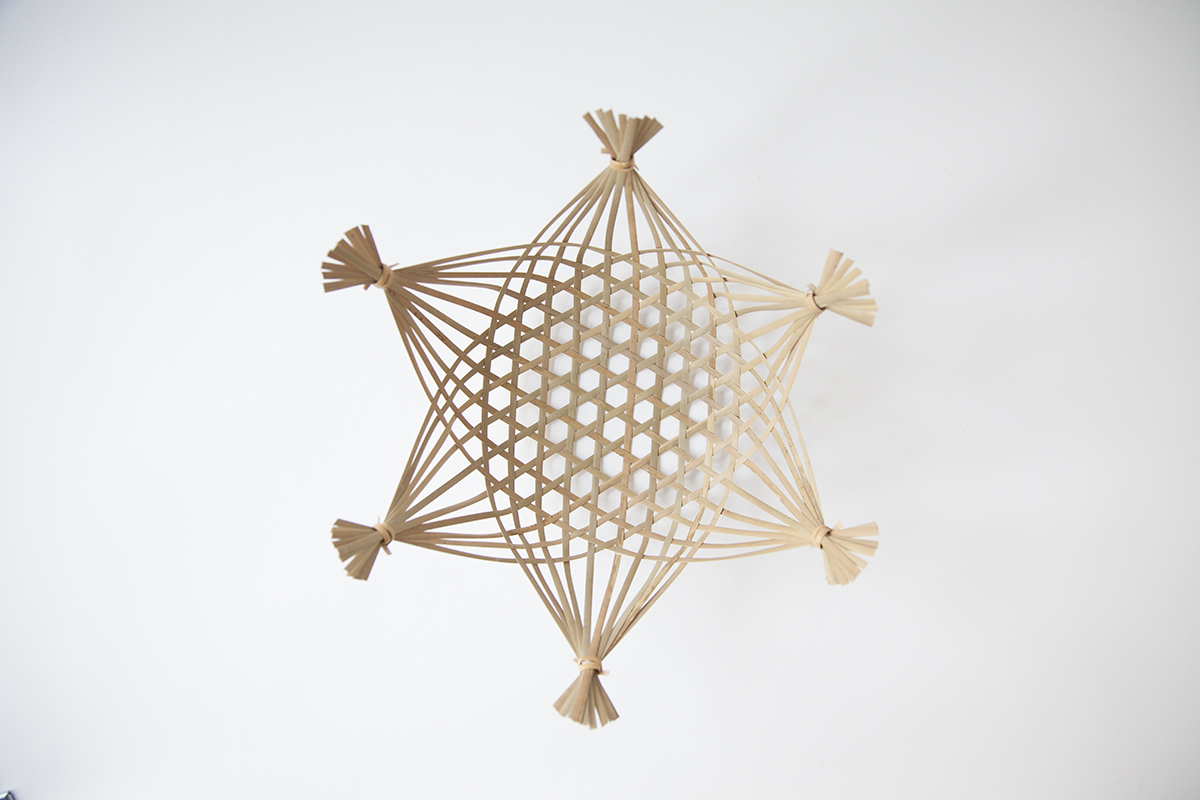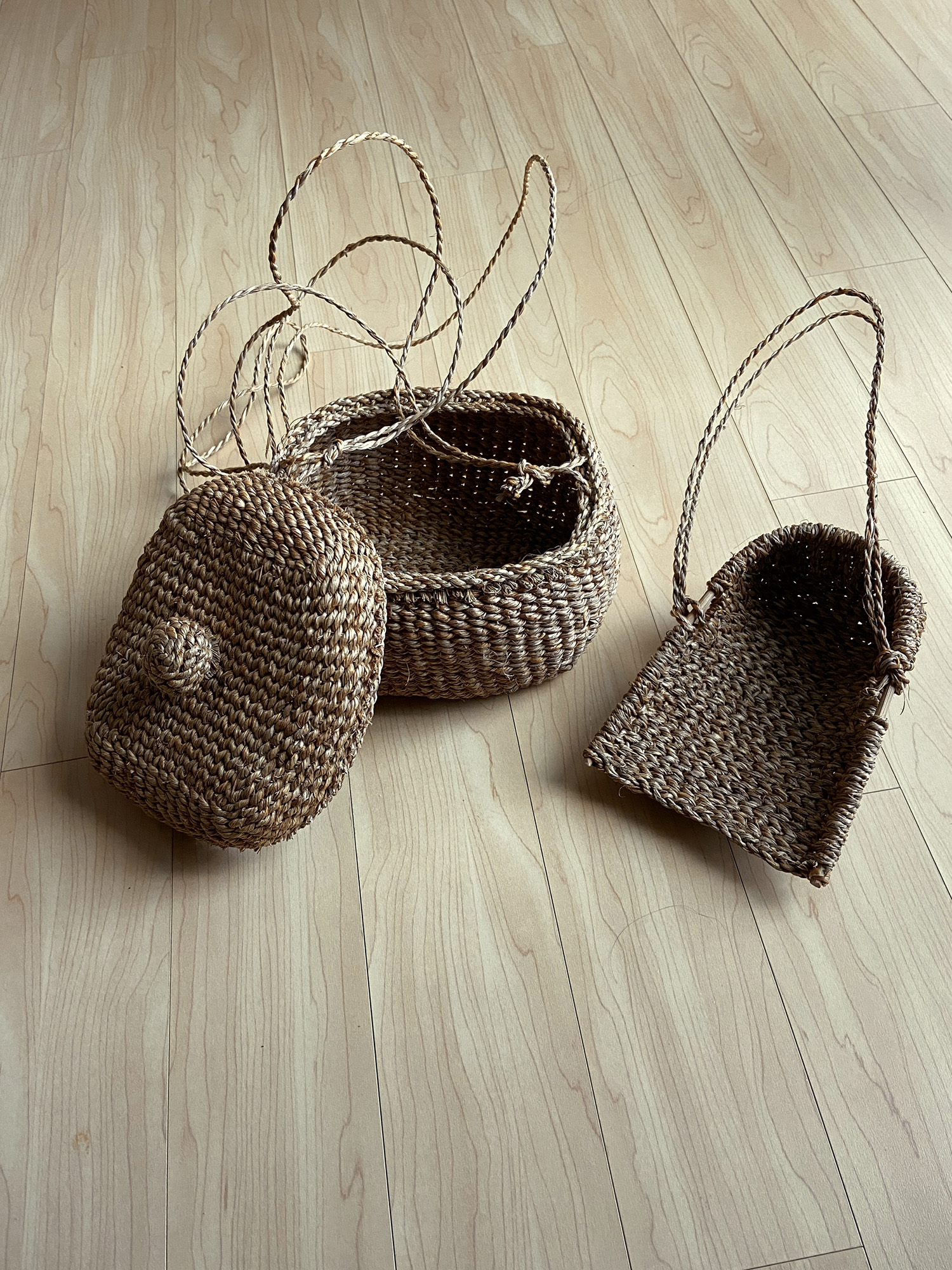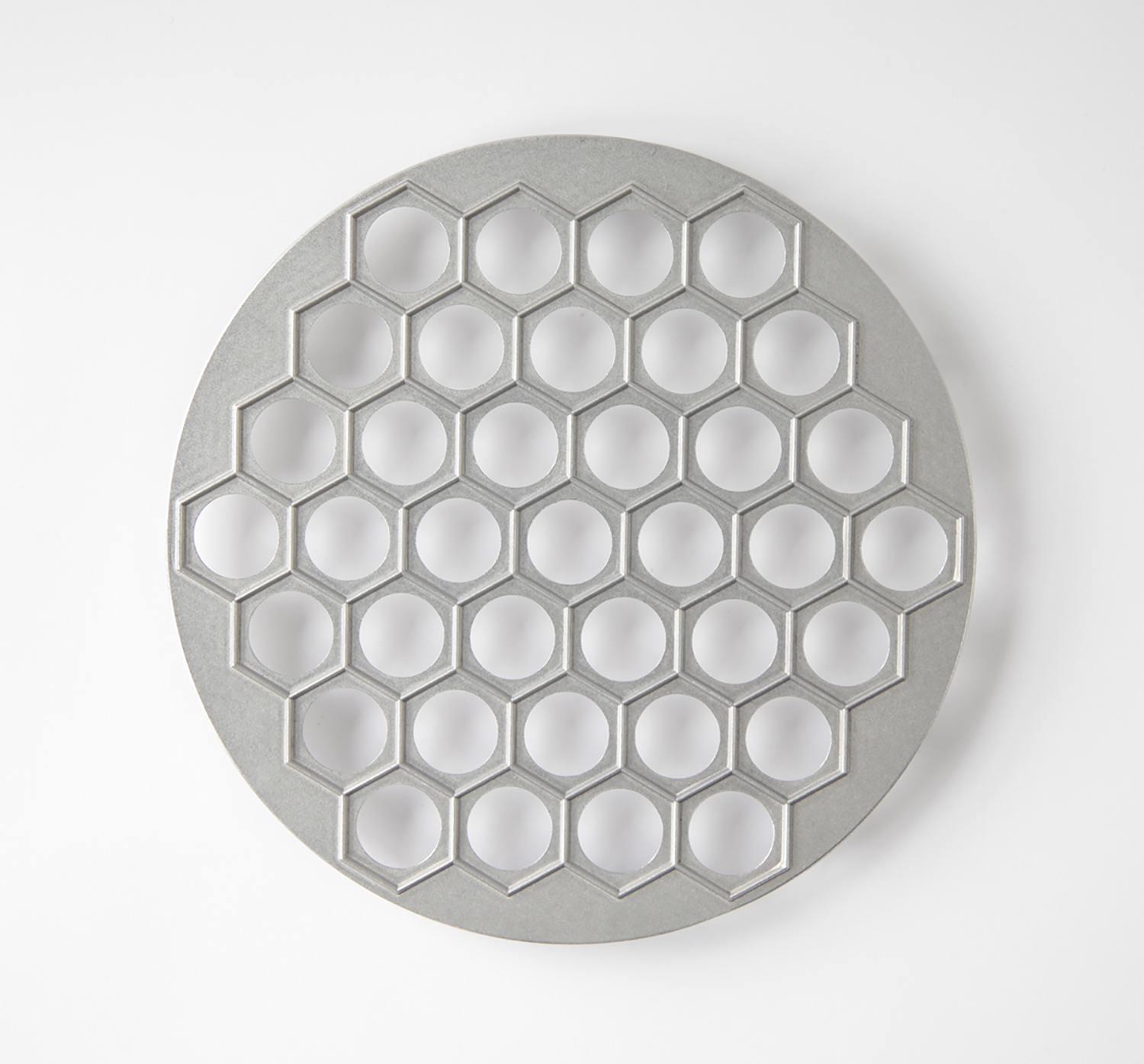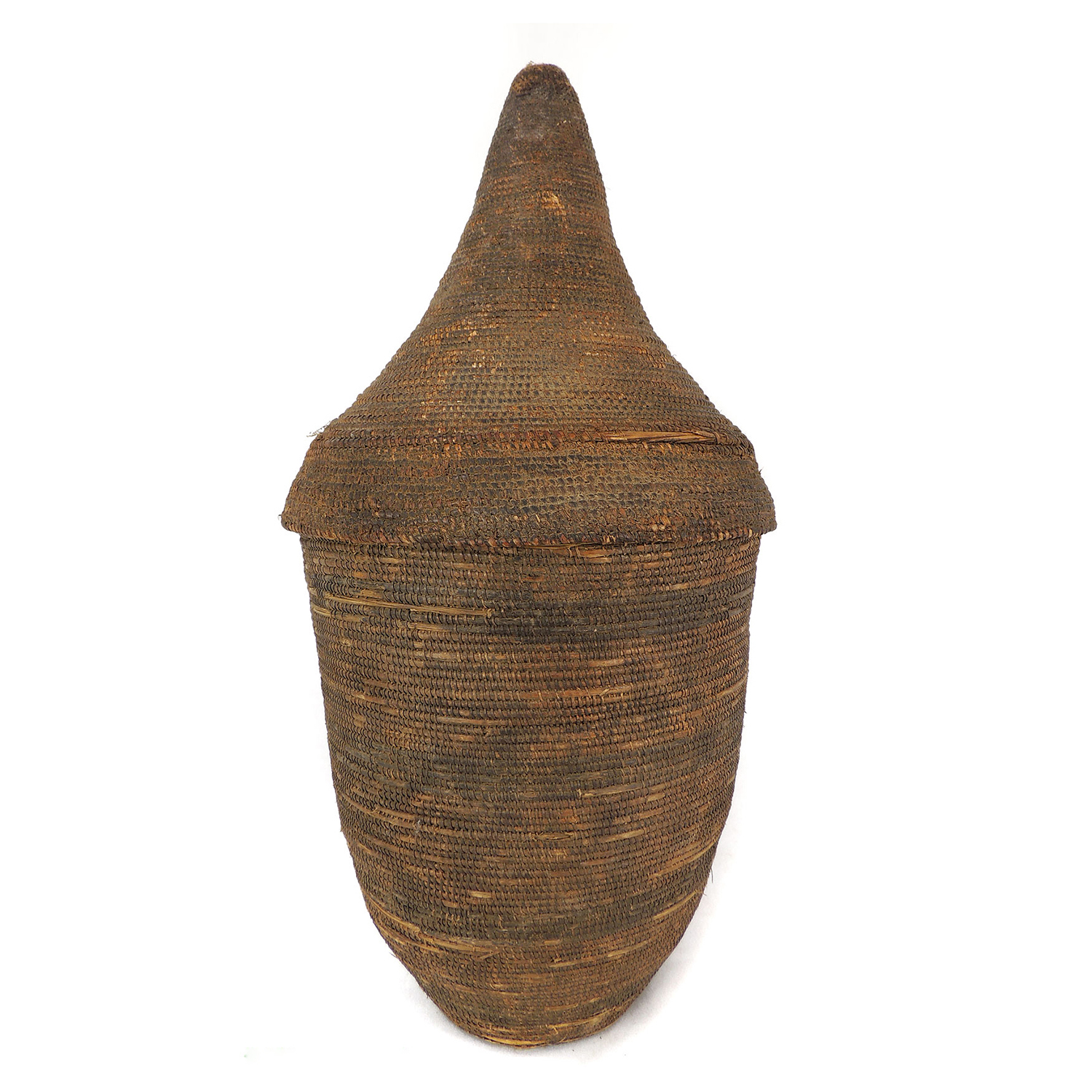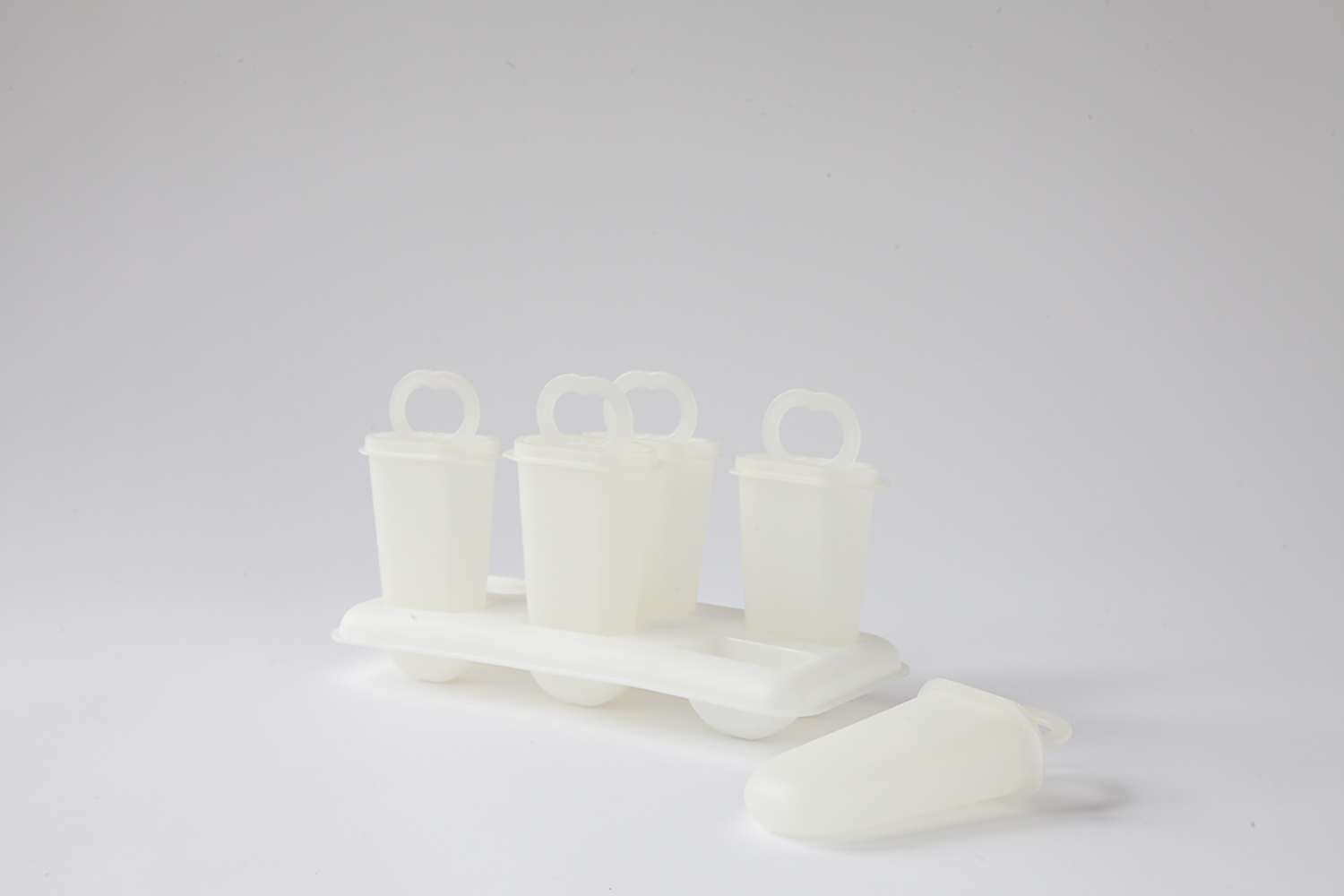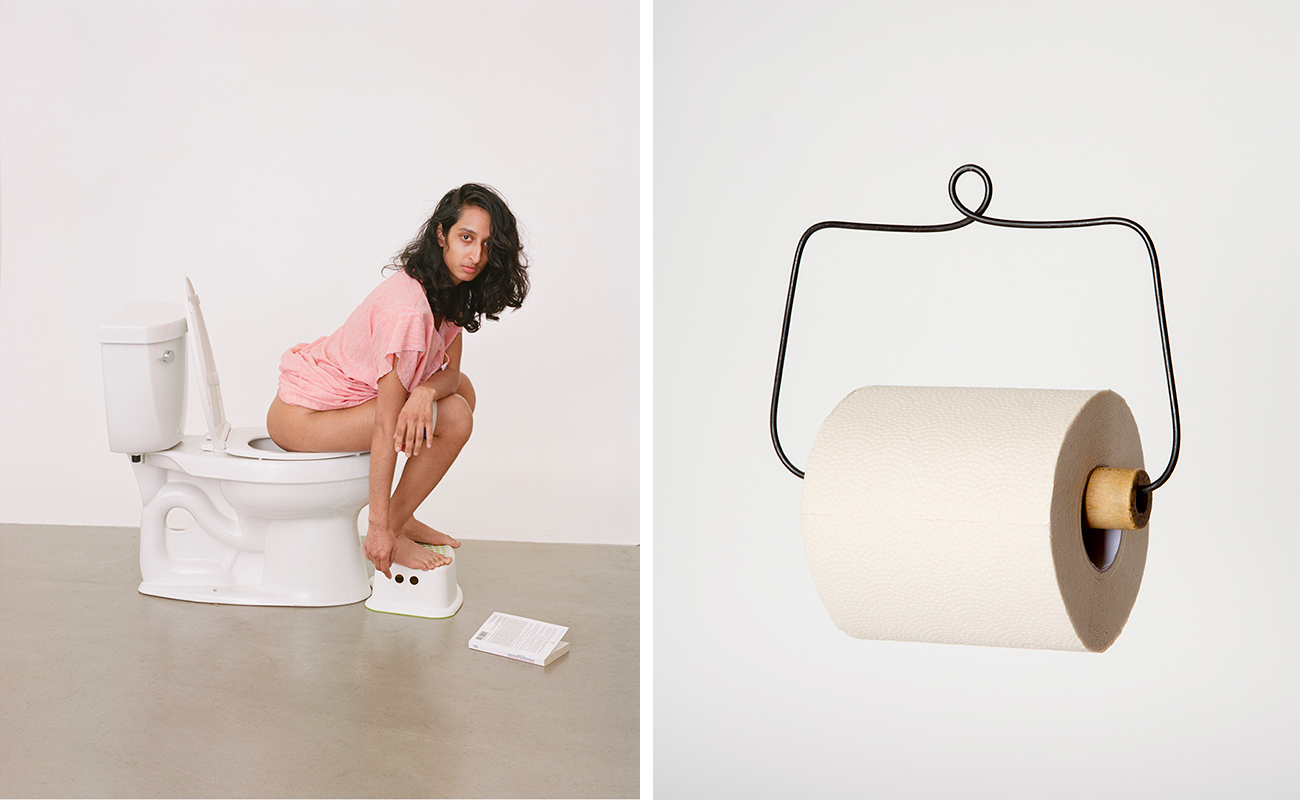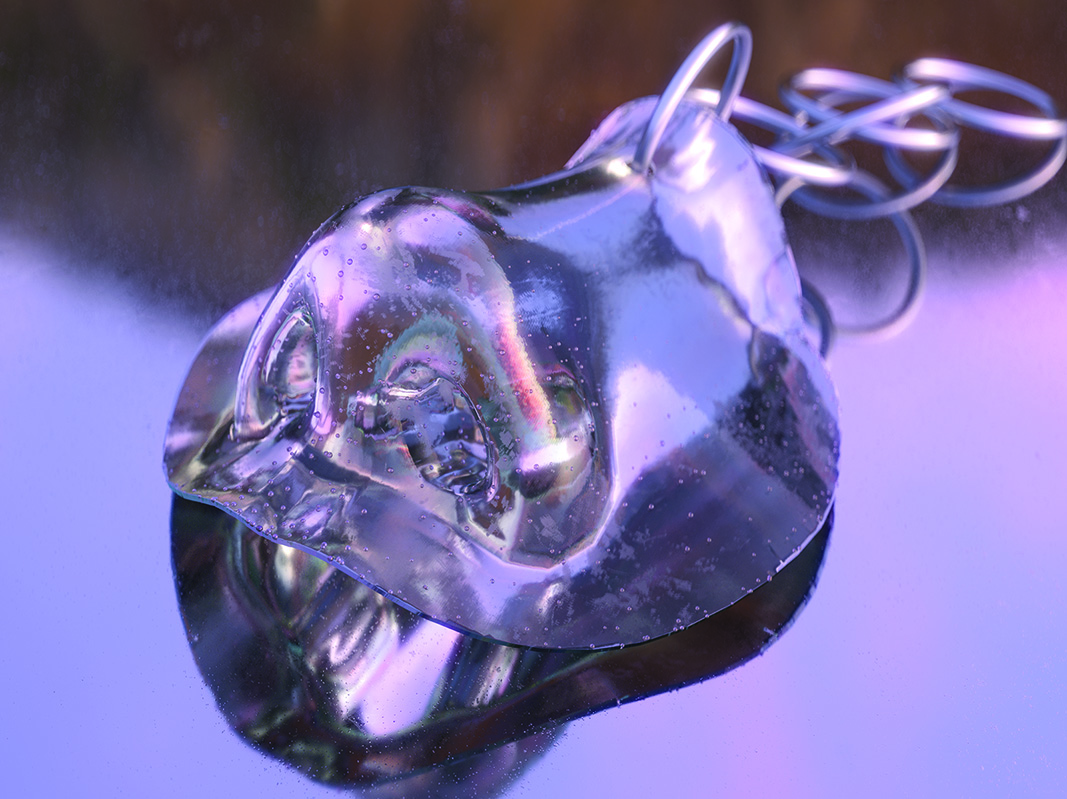Centuries ago in Spain, olive oil was bought in pigskins, stored in larders and siphoned out into smaller containers to cook with in the kitchen or to dress vegetables. Like the kendi, the unique design allows for a steady and slow stream of oil, which is useful when mixing aïoli with a mortar and pestle. This form is also the basis of the famous communal drinking vessel – the porrón – the flow from which is remarkably and famously hard to aim into the mouth. Aceiteras, as they are known in Spanish, are usually made of glass, stainless steel or ceramic, and will always have a stopper/cork/covering for the opening into which oil is decanted from larger receptacles. This type of vessel has been used for almost a thousand years, likely originating in the Arab communities who occupied the area from the 8th to 15th centuries.
Original designs and traditional forms do have a problem – oil drips down to the base after pouring, leaving an oily ring mark on surfaces. In 1961, Catalan architect and designer Rafael Marquina1 set out to refine the function of this everyday object and created a glass aceitera that would not drip or leave marks behind. A central spout protrudes upwards from the middle of the vessel like a submarine periscope, and after pouring the oil returns back into the central cone which catches any excess fluid.
- 1. I love these three musketeers of oil containers here. For me they remind me of my Spanish friend, and also Samin Nosrat—in Salt, Acid, Fat, Heat the chef and author describes the culinary world as more or less defined by those who cook with butter (or animal fat), and those who cook with oil. So I’m always thinking of this when I look at the cruets (and cooking with oil). But also I truly love the Marquina design—the glass cruet featured—as it is the result of a passionate designer (and architect), who wanted to create beauty in solving the problem of oil rings on the kitchen counter, caused by drips of the aceitera. It’s pleasing to the eye, and pleasing to use. -CM
Tools for Food (available 11/23 in the United States) tells the stories of design and culture behind kitchen implements from across the world, and how each and every one contributes to the way we eat, cook and live today. Pre-order your copy of the book from Book Larder (Seattle), Now Serving (Los Angeles), Kitchen Arts & Letters (NYC), or from a fine independent retailer new you.
